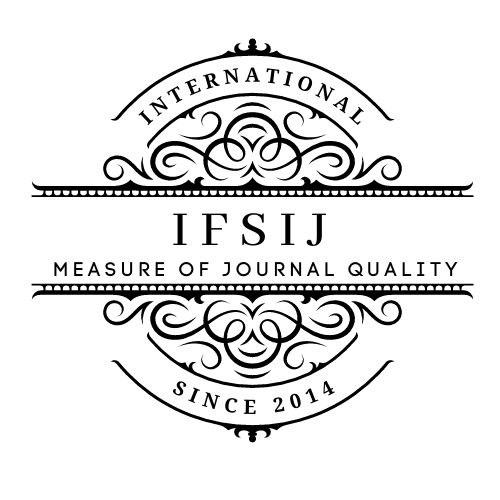RESPONSE OF SOME ANATOMICAL CHARACTERISTICS OF EGGPLANT VARIETIES LEAVES TREATED WITH JASMONIC ACID AND ITS RELATIONSHIP WITH THE TWO-SPOTTED SPIDER MITE T. URTICAE KOCH SEVERITY FIELD
Abstract
This study was performed between the 2023/2024 agricultural seasons to demonstrate that jasmonic acid significantly influences the morphological traits of eggplant cultivars' leaves and their correlation with the intensity of Tetranychus urticae (Koch) in the field. The findings validated the substantial impact of the eggplant type and jasmonic acid on the severity of T. urticae (Koch). The eggplant Barcelona variety exhibits the highest severity at 35.72%. Conversely, the karimah eggplant variety exhibited the lowest severity at 29.97%; the 5 μM jasmonic acid effectively diminished the two-spotted spider mite severity to 30.86%, in contrast to the maximum severity of 37.48% observed in the control treatment. The study's findings demonstrated that 100 μM jasmonic acid markedly diminished the thickness of the palisade cell layer to 76.11 μM, the lower epidermis to 12.11 μM, and the spongy cell layer of eggplant leaves to 90 μM. Compared with the treatment control, which exhibited 12.67, 86.11, and 115.56 μM thicknesses, respectively. The correlation analysis revealed a non-significant coefficient between the severity of two-spotted spider mite infestations and the morphological traits of eggplant leaves.
Downloads
Published
How to Cite
Issue
Section
License

This work is licensed under a Creative Commons Attribution-NonCommercial-NoDerivatives 4.0 International License.















